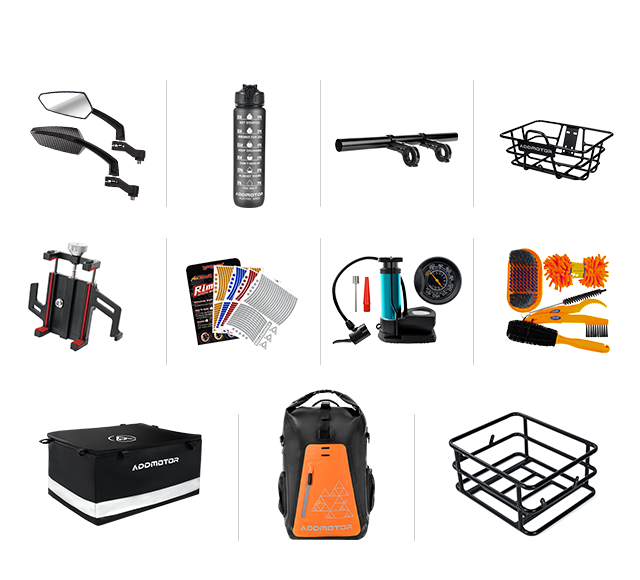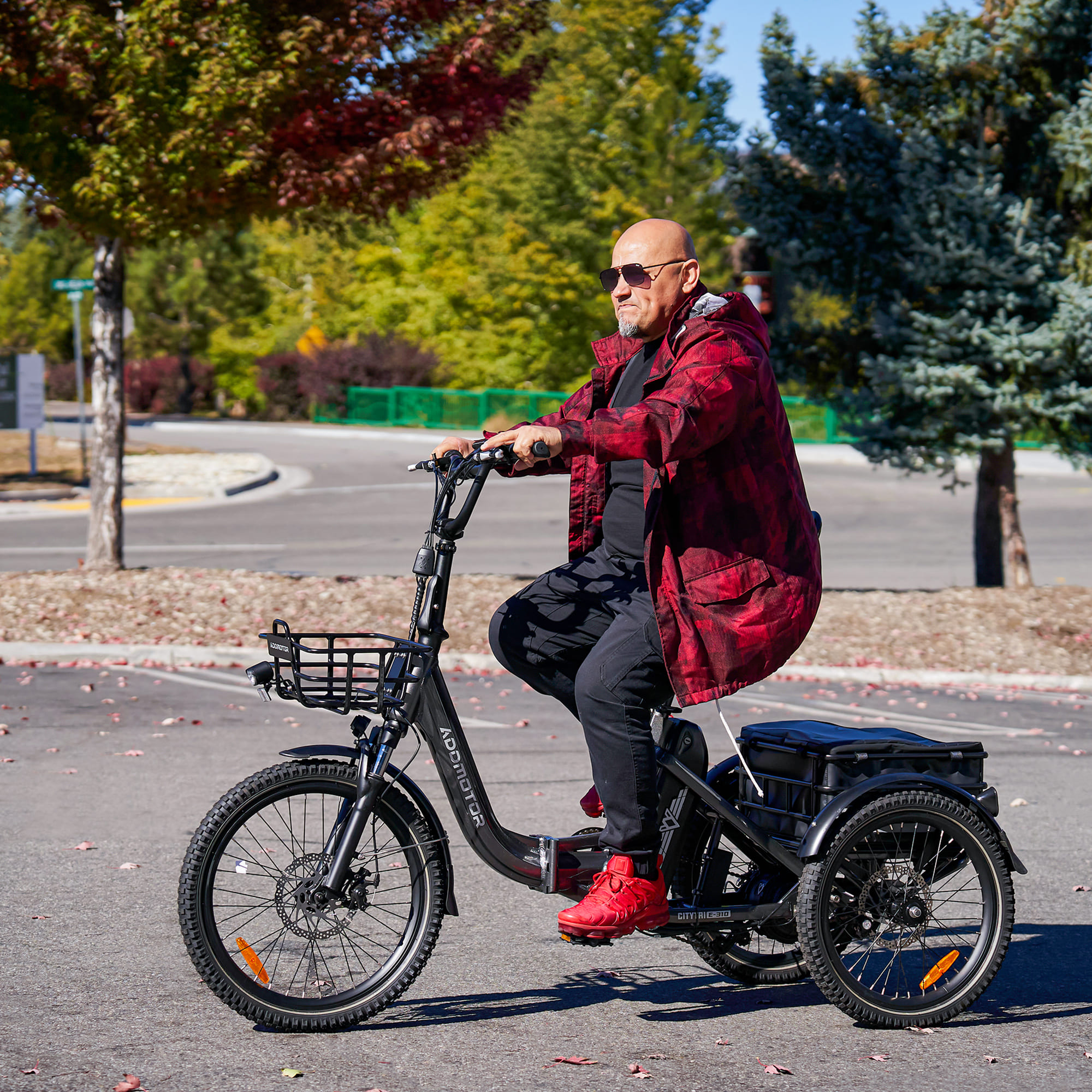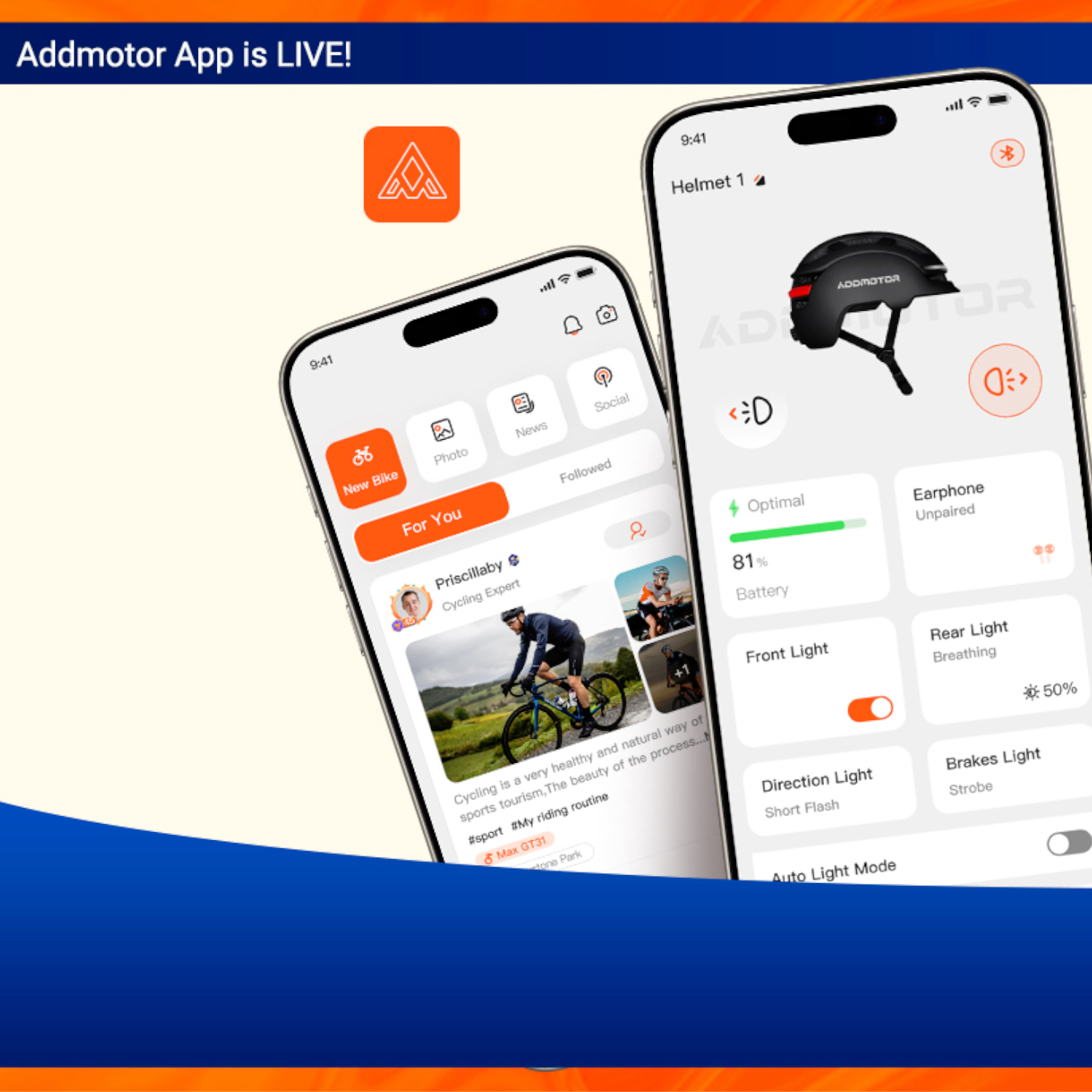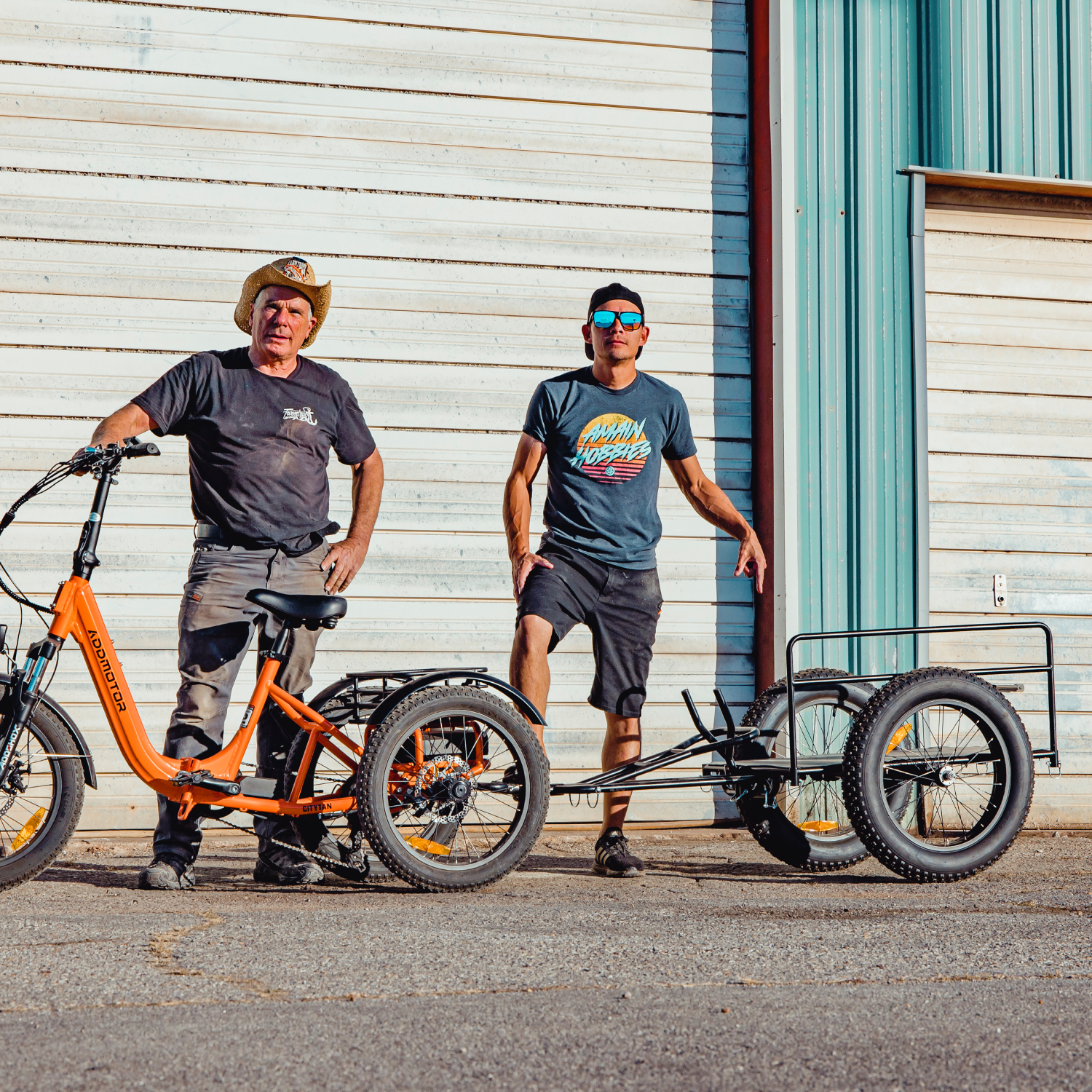U.S. Electric Bike Laws: A State-by-State Guide
If you're considering purchasing an electric bike, it's essential to be aware of the laws regulating them in your state. This blog post will provide a comprehensive guide to U.S. electric bike laws by state. We'll start with California since that is where our company is based and then cover other states alphabetically. Be sure to check back; we will continue to update this post as new legislation is passed!
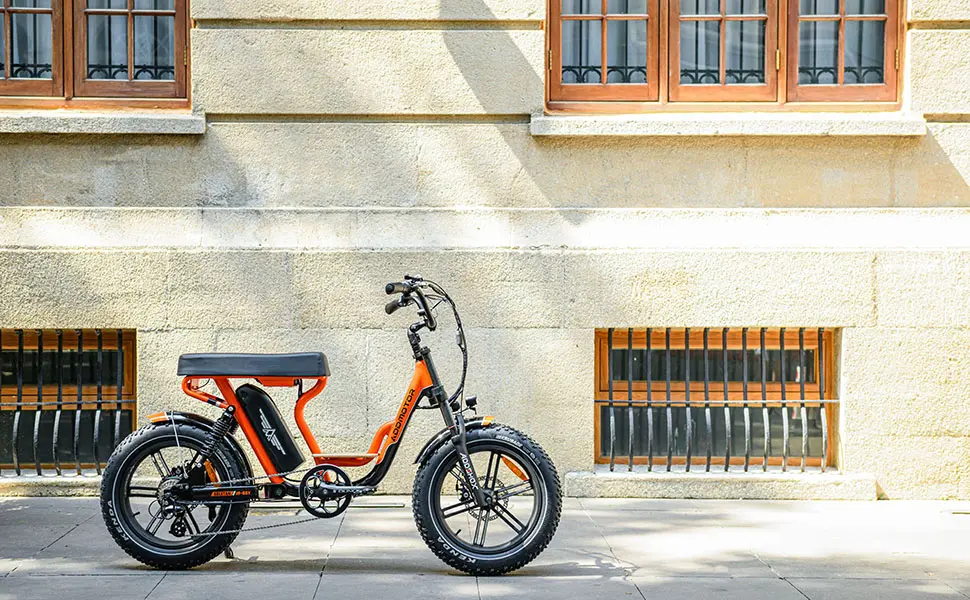
Addmotor cruiser electric bikes match the U.S. classification requirements for Class 2 electric bicycles and are suitable for every ride.
U.S. Electric Bike Laws: A State-by-State Guide
1) New York E-Bike Regulations:
According to the New York Electric Bike law 2022, there will be three classes of e-bikes. Class 1 e-bikes are pedal-assist bikes, meaning that they provide a motorized boost to the rider while pedaling. These bikes have a maximum speed of 20mph and a maximum power output of 750 watts. Class 2 e-bikes are throttle bikes, which means that the rider can use the motor to propel the bike without pedaling. These bikes also have a maximum speed of 20mph and a maximum power output of 750 watts. Lastly, Class 3 e-bikes are pedal-assist bikes with a maximum speed of 25mph. These bikes have a maximum power output of 750 watts.
2) Florida E-Bike Regulations:
Florida has three different classes of electric bikes, each with different speed limits and power output. Class 1 pedal-assist bikes are limited to 20mph and 750 watts of power. Class 2 throttle bikes also are limited to 20mph, but they will have a maximum output of 750 watts. Finally, Class 3 pedal-assist bikes can reach 28mph and have a maximum output of 750 watts. All three classes of electric bikes require helmets for riders under the age of 16, but no license is required.
3) Washington E-Bike Regulations:
Washington recently passed a law regarding using electric bikes or e-bikes. The law goes into effect in 2022 and classifies e-bikes into three different classes. The bill creates three classes of electric bikes, with Class I and Class II being pedal-assist only and Class III being throttle-only. Class 1 e-bikes are bicycles equipped with motors that only assist when the rider pedals. The motor ceases to assist when the bicycle reaches a speed of 20 mph. Class 2 e-bikes are bicycles equipped with motors that may be used exclusively to propel the bicycle. However, the motor cannot assist when the bicycle reaches the speed of 20 mph. Lastly, class 3 e-bikes are bicycles equipped with motors that provide assistance only when the rider is pedaling and cease to assist when the bicycle reaches the speed of 28 mph. Class 3 e-bikes are only allowed on motorized trails and forest roads open to motorized vehicles. This law clarifies where and how electric bikes can be used in the state of Washington.
4) Wyoming E-Bike Regulations:
Wyoming does not currently have any laws specifically regulating the use of electric bikes. However, the state has some general laws that apply to all bicycles, including electric ones. For example, all cyclists must wear helmets when riding on public roads. In addition, cyclists are not allowed to ride on sidewalks or crosswalks. Electric bikes are also subject to the same rules of the road as regular bicycles, and they must yield to pedestrians and give way to traffic when appropriate. While there are no specific laws regulating electric bikes in Wyoming, the state does have some general laws that apply to all bicycles.
5) Pennsylvania E-Bike Regulations:
Pennsylvania's electric bike laws are similar to those of other states. Electric bikes are classified into three classes, each with its own set of regulations. The bike must include operable pedals, have a maximum speed limit of 20 mph while under power, and the motor must be rated at no more than 750 watts. In addition, the bike may not have more than three wheels and must weigh no more than 100 pounds. The law also stipulates that persons under the age of 16 may not operate e-bikes. This new law will provide more opportunities for people to get around without relying on cars, which will help reduce traffic congestion and pollution.
FAQs
Does my state have any laws regulating electric bikes?
Most states have laws that regulate the use of electric bikes. To find out if your state has any specific laws, you can check with your local department of motor vehicles or search for your state's laws on the internet.
What are the different classes of electric bikes?
The three classes of electric bikes are class one, class two, and class three. Class 1 electric bikes are pedal-assist bikes, meaning they provide a motorized boost to the rider while pedaling. These bikes have a maximum speed of 20mph and a maximum power output of 750 watts. Class 2 electric bikes are throttle bikes, meaning the rider can use the motor to propel the bike without pedaling. These bikes also have a maximum speed of 20mph and a maximum power output of 750 watts. Lastly, Class 3 electric bikes are pedal-assist bikes with a maximum speed of 25mph. These bikes have a maximum power output of 750 watts.
Do I need a license to operate an electric bike?
You do not need a license to operate an electric bike in most states. However, there may be some age restrictions in place.

